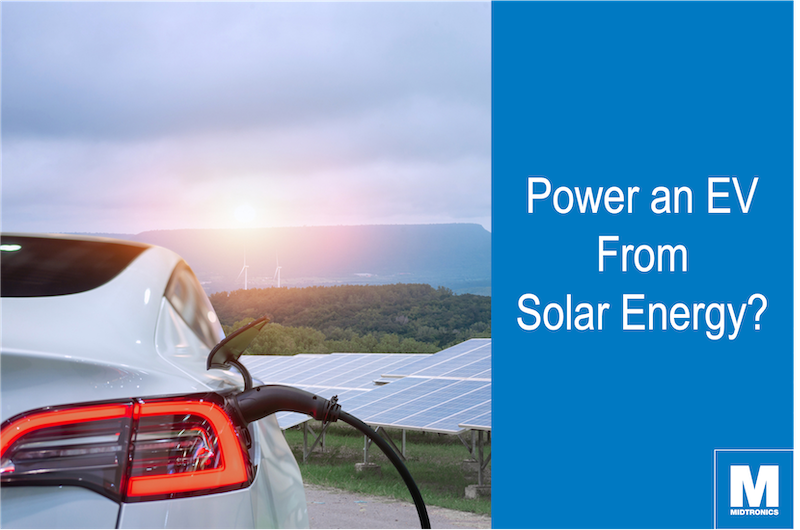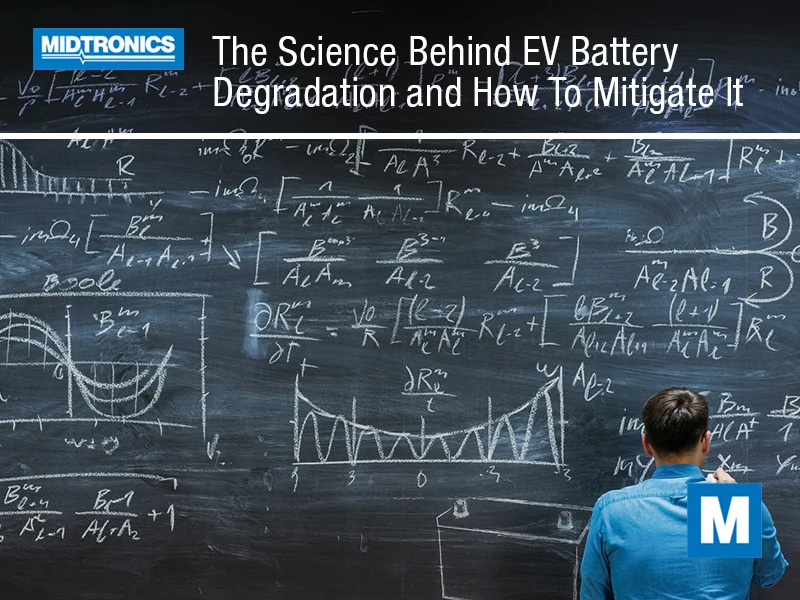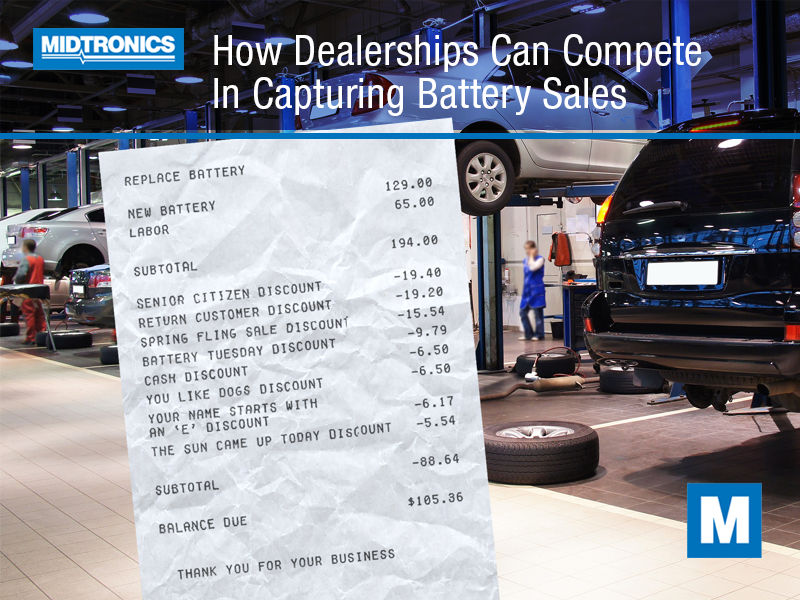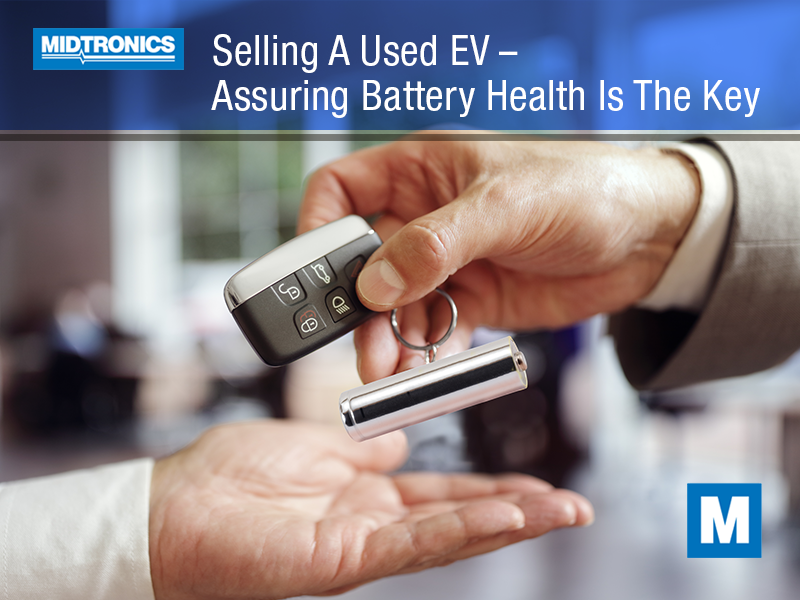If you can harness the sun’s energy efficiently and store it, the opportunities are seemingly endless. Solar power offers the ability to partially or fully power your home and, in some instances, sell credits back to the local power company. For transportation, that electrical energy can be used to replenish a depleted EV battery, but is it a feasible option?
Of course, the answer depends on how much solar energy you’re able to ‘harvest’ and stash away. It’s certainly possible to power an EV on solar energy, but what does it take to do so? Here’s what you should know.
How much power can a solar array generate?
How much power a solar array can generate is dramatically affected by your conditions. If you’re in a location like sunny California with more than 300 days of sunshine, and your solar panels are oriented properly without being shaded by trees or buildings, they’ll perform best. Today’s solar panels for residential use produce between 250 and 400 watts per hour, although an average real-world production is around 300 watts per panel per hour.
So, for a property in California, each panel can realistically produce around 3,600 watts, or 3.6 kW, per day with an average of 12 hours of sunlight. But in somewhere like Minneapolis with 198 days of sunshine per year, power production is considerably less. At around 250 watts per panel per hour, you can expect to produce roughly one-third less energy.
On average, a residential property in the US will require 30 kWh of electricity per day. If you average around 100 miles of driving per day, that would double your energy consumption. So, to offset only your EV’s power usage, you would typically need between nine and twelve solar panels. Or, if you wanted to power your home AND your EV with net-zero grid usage, you’d need roughly 18 to 24 solar panels.
How energy is stored
But the energy collection with solar panels is only the first step. The power is collected as DC energy is collected in one of two ways.
In a self-sustaining method, the energy passes through a charge controller into a battery bank. These 12-volt batteries range in size, and the more batteries you add, the higher your total capacity is. They’re deep cycle batteries that can handle extreme discharge levels – a must-have since the sun won’t be able to recharge them for several hours or even days at a time. From the battery bank, power passes through an inverter so your household appliances can use the electricity.
In some methods, solar power that’s collected immediately passes through an inverter, feeds the home’s electrical needs, then passes through the utility company’s meter and into the general electrical grid. The amount of power fed into the grid is credited back to the utility bill. Since the home is tied into the grid, it isn’t 100% self-sustaining but the trade-off is that it has backup power in the event of a malfunction or consistently bad weather that depletes the batteries.
Getting solar power into your EV battery
For those seeking to conserve money or operate as environmentally conscious as possible, solar power plus an electric car is a brilliant combination. Still, the power collected from your home’s solar array system needs to find its way into your electric car.
Just like your home’s electrical system, an EV uses a different voltage than the energy stored in the batteries. EV chargers use household power, typically a 240-volt circuit, that needs to be wired into your home panel. When your car is plugged in, it draws down the battery storage as it replenishes your EV’s battery, as you’d expect.
However, some solar systems are designed specifically to integrate EV charging, and no separate wall changer needs to be installed. That can make it even more attractive to implement solar power for your home.
Is solar energy worth it for charging an EV?
While we’ve estimated the number of solar panels required if you drive 100 miles per day, most Americans average only 40 miles per day. Naturally, that lowers the power production necessary to offset EV charging. Especially if you’re off-grid, you still want to maintain a buffer for power production, which is also a good plan for those tied into the grid.
Nationally, a 6kW solar panel installation will cost about $16,500, which is typically the suggested size for a 1,500-square-foot home. For a homeowner that conserves energy, that size or slightly larger would suffice to keep one EV battery topped up, if it’s an average-range commuter, while maintaining energy in reserve. You’d need to size up if you drive further, have more than one EV, or have a larger home.
Solar panels are intended to last 25 years or longer, and the batteries usually last between five and 15 years. So, there’s minimal maintenance over that time frame. If the batteries are well maintained and last 15 years, not just five, it dramatically lowers the long-term cost.
As well, most areas have some form of rebate available to offset a portion of the installation cost, adding to the intrigue of installing solar panels.
Generally, a solar panel system will pay for itself in 8 to 16 years. And if you maximize your usage, it pays back at the short end of that scale. That can mean free energy to power your home and your EV for 10, 15, or even 20 years.
Keep the system maintained
Like any home appliance or system, maintenance will be required to keep your solar panel system working at its best. Most faults are with a bad connection that can be easily remedied, but instances of a bad battery can occur. Test your batteries on a schedule, checking flooded lead-acid batteries every two to four weeks and topping up the water level as required. Recharging or conditioning may be required occasionally to keep your cells working like they should, ensuring you keep power flowing to your EV’s battery when you need it.




